How to Prevent Industrial Sewer Blockages
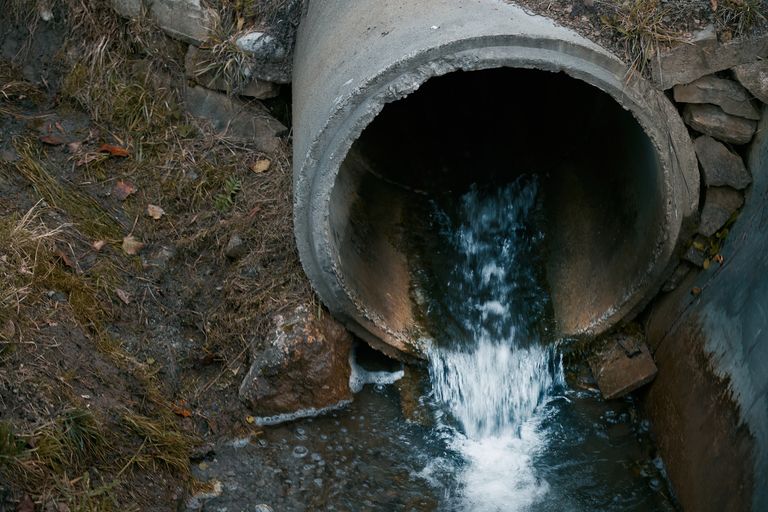
Sewage doesn’t make for great dinner conversation, so you might not be aware that it comes in multiple forms. Industrial sewage, or the waste created by factories and large plants, isn’t like the sewage that comes from our homes. In industrial sewage, you’ll find metal, chemicals, and oil rather than food scraps or old coffee grounds.
Because these can pose significant environmental dangers, avoiding industrial sewage blockages is beneficial for everyone.
What is industrial sewage made of?
Heavy metals
Metal-based industries like mining and smelting can cause heavy metals to seep into sewer lines and permeate the environment. Heavy metals (think: mercury and lead) have high soil persistence, meaning they can sometimes remain in soil for thousands of years.
When humans are exposed to heavy metals (through inhaling or even skin absorption), they may contract heavy metal poisoning.
Chemicals
Chemical plants use and create substances like petrochemicals, which come from petroleum, and fertilizers. Industrial chemicals, oils, and greases sometimes get into sewage, and once the wastewater completes its journey and ends up in large bodies of water, the chemicals can cause pollution.
Oil and grease
Oil and grease come from food processing and automotive plants. As they cool down, grease and oil harden into solid substances and can obstruct water flow. The accumulation of grease and oil can cause significant damage and lead to severe blockages in sewage systems.
How do we prevent industrial sewage blockages?
Proper sewage treatment procedures
Sewage treatment is the process of preparing sewage for discharge and cleaning it of hazardous materials so that it can be safely released into lakes, rivers, and oceans. Sewage treatment occurs in several distinct phases, each crucial when attempting to eliminate pollutants and prevent significant blockages.
Large pieces of debris are the first to go. Sewage treatment plant employees run wastewater through screens designed to trap pieces of plastic and other objects. Wastewater then goes into a sedimentation tank, a structure that relies on gravity to separate any solids that remain in the liquid. Particles disconnect from the liquid and then flow through the tank, purifying the water. Oil and grease are removed using skimmers, devices that separate oil and water.
The next stage of sewage treatment involves a more biological approach. During the activated sludge process, wastewater is exposed to air and activated sludge (a slurry of microorganisms) in an aeration tank. This degrades organic compounds, and the waste moves onto a clarifier where the sludge and water are separated. Trickling filters, fixed beds covered in microorganisms, are another method of organic compound degradation.
After this, the tertiary stage of treatment begins. Water passes through filters, where additional remnants are thoroughly removed. This step also involves coagulation, where smaller particles are clumped together to make removal easier. If chlorine is present in the sewage, it is also removed during this stage by adding sodium bisulfite.
Regular maintenance
No system is perfect, and grease, sediment, and metals can sometimes slip through the cracks of sewage treatment processes. When industrial facilities dispose of materials improperly–an act known as illegal dumping–the chances of sewer blockages only increase.
To prevent industrial sewer blockages, those in charge of a community’s infrastructure must establish a system for regular maintenance. This includes descaling pipes by removing the buildup of grease and fat that sometimes collects on them. Sewers should be inspected regularly, typically on an annual or biennial basis, so workers can detect and remove industrial materials that could lead to blockages.
Hydrovacs, utility trucks often used for liquefying soil, can also be used for sewer maintenance. Equipped with nozzles to spray high-pressure water and vacuums to suck up debris, hydrovacs can function as large, efficient cleaning tools just as easily as they can be used for digging. These trucks are valuable pieces of equipment, and they can help prevent blockages by obliterating potential clogs with powerful water.
How can I avoid drain clogs?
Unless you work at an industrial plant, there probably isn’t much your household can do to prevent industrial blockages. However, you can play a part in reducing more run-of-the-mill drain clogs. If you haven’t already, consider adding strainers on drains to keep larger materials from falling in and causing clogs.
Cleaning toilet, sink, and shower drains can be as simple as running a plumber’s snake down them about once a month, pouring in boiling water, and adding a cup of baking soda or vinegar. By adding this task to your regular list of chores, you can steer clear of causing pesky sewage blockages.
Tidy up with Summit Truck Equipment
Hydrovacs will help make sewers look good as new, and Summit Truck Equipment can match you with the exact truck you need to make that happen. If you’re in need of a pristine sewer system, view the high-quality hydrovac trucks available on our website or stop by one of our locations today for a better look.
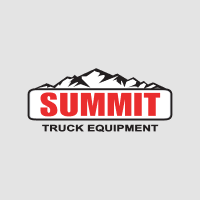










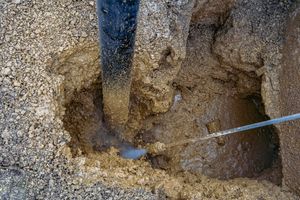

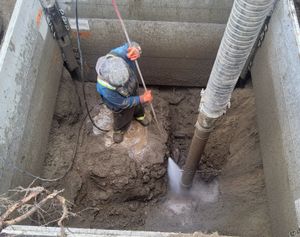
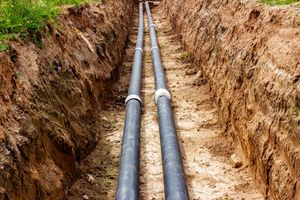


Share
Email
Facebook
SMS
Twitter